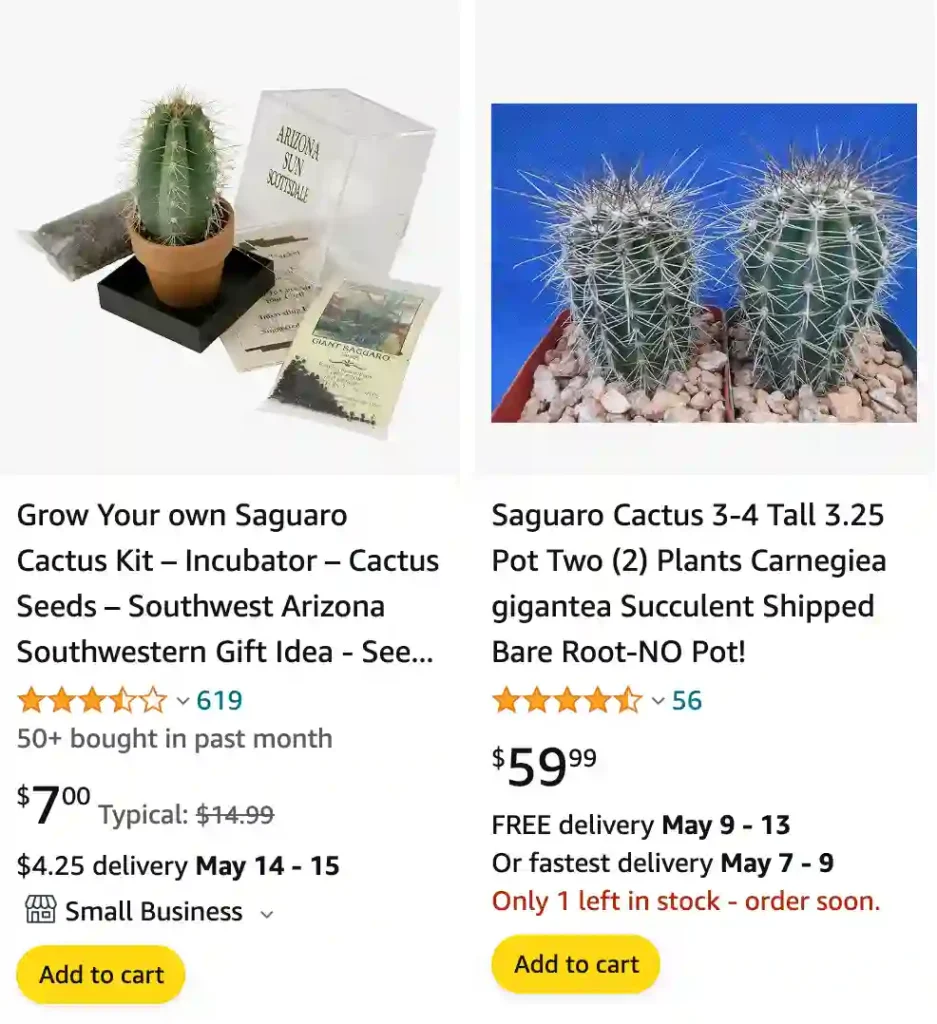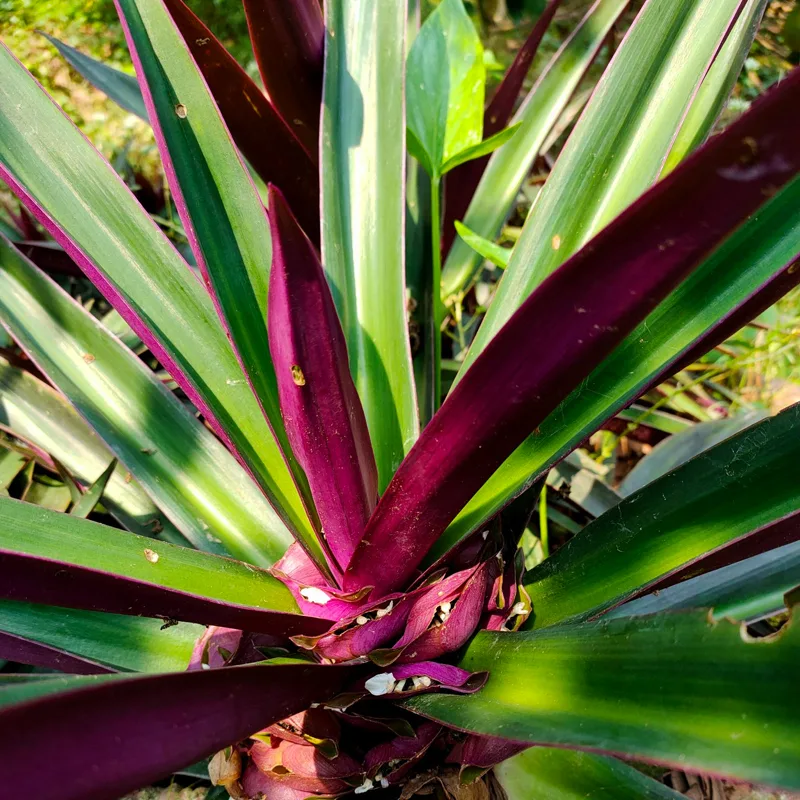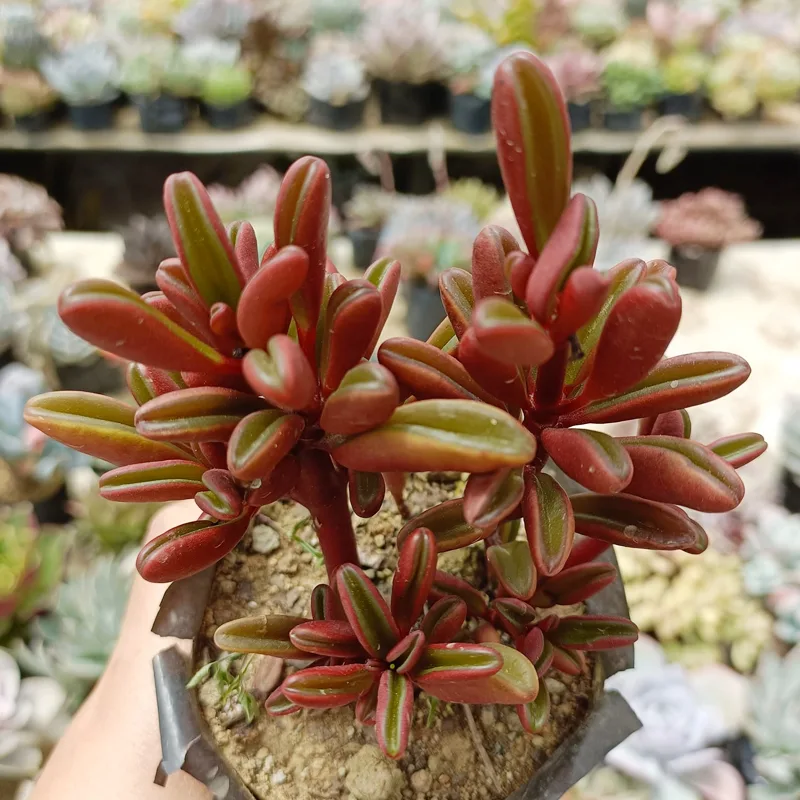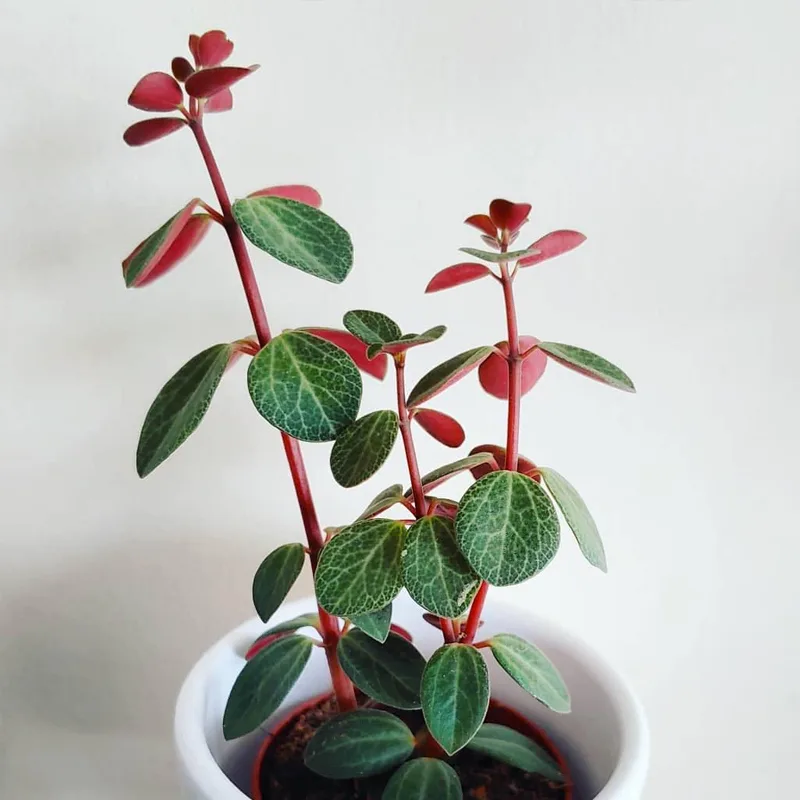
Where do saguaro cactus grow?
I wouldn’t recognize anywhere else as home for these majestic saguaros than the Sonoran Desert. They’re like giant, living sculptures that dot the landscape here in Arizona. I’ve hiked through trails where they stand tall on either side, their arms reaching out like weathered guardians. It always amazes me how such a prickly creature can produce such beautiful white flowers in the spring. They’re a true symbol of resilience in this harsh environment.
How long do saguaro cactus live?
Seeing some of the truly massive saguaros around here, it’s hard to imagine they weren’t always part of the desert landscape. But I’ve heard rangers say they can live for over 150 years, some even pushing 200! That puts their lifespans way beyond anything I can even imagine. It makes me wonder what the desert looked like when some of these giants were just little seedlings.
When do saguaros bloom?
The best part about living here is getting to witness the saguaro blooms every spring. It’s like a giant party in the desert! They typically start blooming around late April, and things really peak in May and early June. This year, I’ve already spotted a few flowers here and there, but I can’t wait for the explosion of white blossoms blanketing the cacti. It’s breathtaking to see these prickly giants soften with such delicate flowers.
How fast does a saguaro cactus grow?
Let me tell you, saguaros are the epitome of patience. They grow slower than anything I’ve ever seen. I’ve heard park rangers joke that you might need a rocking chair to watch one sprout! Apparently, they only grow a couple inches in their first ten years. I can barely keep a houseplant alive, so it’s hard to imagine something this magnificent taking so long. But that slow growth is probably why they can live for centuries – they’re built to last!
Are saguaro cactus protected?
You bet saguaros are protected! Especially around here in Arizona, they’re practically royalty. There are laws in place that make it illegal to harm or remove them. It’s no surprise really – they take forever to grow and are such an important part of the desert ecosystem. Plus, they’re a major tourist draw! I wouldn’t want to see anything happen to these magnificent cacti. They’re a vital part of the Sonoran Desert’s character.
How do saguaro cactus reproduce?
Seeing all these saguaros around, you might wonder how they get started. It all begins with a night shift! These prickly giants actually bloom with big white flowers at night, and that’s when the party starts. I’ve heard bats are the main culprits – they flit from flower to flower, sipping sweet nectar and unknowingly carrying pollen with them. That pollen gets transferred between cacti, and if all goes well, the pollinated flowers turn into bright red fruits. Those fruits are then eaten by birds and other animals, who then deposit the saguaro seeds in their scat throughout the desert. It’s a messy business, but it’s how these prickly giants have populated the Sonoran Desert for centuries!
How much does a saguaro cactus cost?
Owning a saguaro cactus isn’t really an option here in Arizona. They’re protected by law, and rightfully so! Plus, they grow incredibly slow – imagine buying a tiny cactus knowing it might only grow a few inches in your lifetime! I’ve heard though, that if you were to buy a saguaro elsewhere (legally, of course!), they can be super expensive. Apparently, prices can run around $100 per foot, with some really big ones costing thousands. For that price tag, I’d much rather hike in the desert and see them in their natural habitat – they’re way more impressive out there under the wide open sky!
Can you eat saguaro cactus?
Believe it or not, saguaro cactus actually have a sweet tooth of their own! They produce a delicious red fruit every year, usually around late June. The fruit itself is full of tiny black seeds and tastes a bit like strawberry. I’ve seen people slice them open and scoop out the pulp to eat raw. Apparently, you can also boil it down into a syrup or even dry the pulp into flat cakes.
Now, I wouldn’t recommend just grabbing any saguaro fruit you see. First of all, they’re protected here in Arizona, so picking them without permission is a big no-no. Second, those thorns are no joke! But if you ever get the chance to try some saguaro fruit at a farmers market or festival, I say go for it! It’s a unique taste of the Sonoran Desert.
Why are saguaros dying?
Living here in the Sonoran Desert, it’s been alarming to see some saguaros looking worse for wear lately. It seems the heat is really turning up a notch. We’ve had some brutal summers recently, and these cacti aren’t exactly fans of an oven. I’ve heard the intense heat can cause their flesh to soften and even lead to limbs collapsing. That’s scary because these saguaros take forever to grow!
Another worry is the lack of rain we’ve been getting. These giants are tough, but even they need a drink sometimes. Without enough monsoon season moisture, they can struggle. On top of that, I’ve read about this invasive buffelgrass that burns super hot. wildfires fueled by this grass can wipe out even big, established saguaros. It’s heartbreaking to see. Hopefully we can find ways to protect these desert icons. They’re too important to lose.
Are there saguaro cactus in Texas?
Nope, not a single true saguaro in sight across the border in Texas! I’ve been on hikes that go right up to the Arizona border, and it’s like a cactus flip-flop. On the Arizona side, you’ve got these majestic saguaros standing tall. But as soon as you cross that line, the landscape changes. Texas has its own fair share of cool cacti, like the prickly pear, but no saguaros. It’s a bit of a misconception, actually. Those western movies sure love to show them in dusty Texas towns, but that’s Hollywood for ya!
If i die, water my plants!



